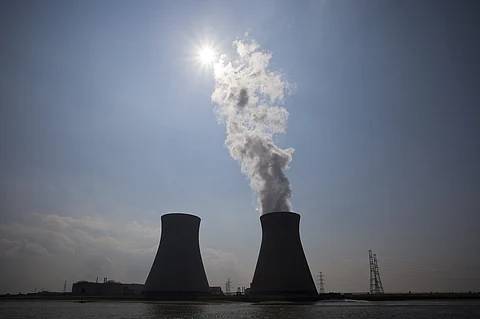

India’s Department of Atomic Energy is all set to commission a landmark nuclear engineering feat— the country’s first fast breeder reactor (FBR) in Kalpakkam near Chennai. Senior science journalist Pallava Bagla in his PTI article reports that the nuclear reactor is “ultra-modern indigenously designed and locally mastered”.
India will become the second country after Russia to commercially generate electricity using the fast breeder reactor.
The only other commercially run FBR is Russia's Beloyarsk Nuclear Plant and according to Bagla, China is at least a decade behind India on this matter, while countries like the US, France and Japan gave up their fast breeder technology programmes.
India’s Prototype Fast Breed Reactor will generate 500 MW of power.
Bagla describes FBRs to be “mythical goblets” or “akshaya patras” as they produce more nuclear fuel than they consume.
The report quotes Yukiya Amano, the Director General of the International Atomic Energy Agency (IAEA), which states, “Fast reactors can help extract up to 70% more energy than traditional reactors and are safer than traditional reactors while reducing long lived radioactive waste by several fold.”
Prior to this, India had been running an experimental set up of the FBR at Kalpakkam for the last 27 years.
This ambitious FBRs are in line with India’s aim to be energy sufficient.
Why are FBRs akshaya patras?
Traditionally, nuclear reactors use a rare isotope of Uranium called U-235 while a majority of U-238 isotopes are left unused. But in FBRs, highly-accelerated neurons can use U-238, considered atomic waste into usable fuel.
Moreover, FBRs also generate less waste compared to traditional nuclear power plants and are much safer than traditional atomic power plants. Nuclear waste is in itself hazardous and it’s a costly exercise to safeguard this waste from terrorists as they can be made into potent weapons.
According to Bagla’s report in the PTI, the FBR at Kalpakkam will use special Thorium rods which will create U-233 when subjected to highly accelerated neurons.
When will it start functioning?
“Efforts are being made to kickstart within this year,” Arun Kumar Bhaduri, Director of the Indira Gandhi Centre for Atomic Research (IGCAR), Kalpakkam was quoted in the report.